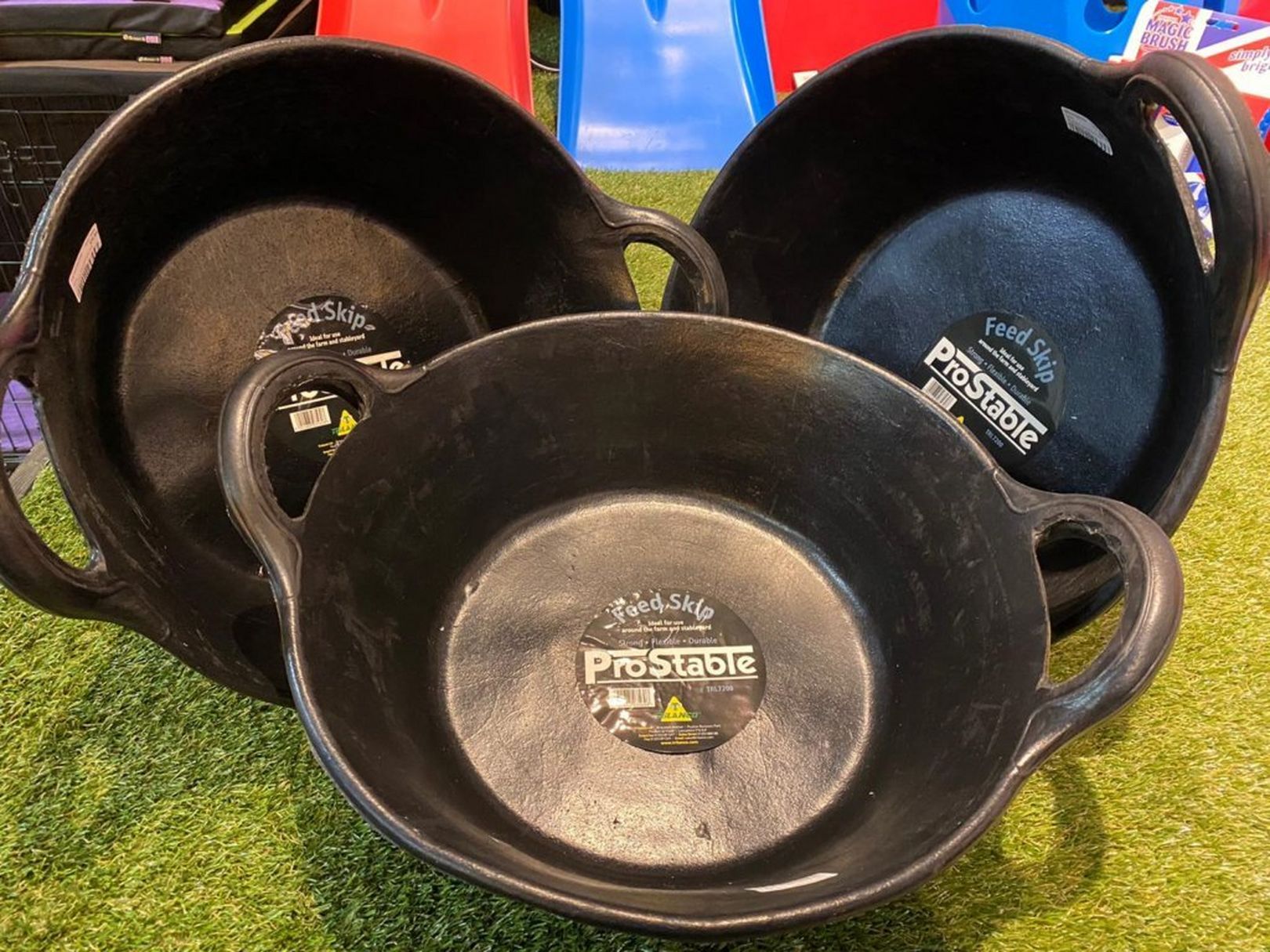
Did you know…
An average horse weighing 500kg (approximately 15hh) will drink between 30-50 litres a day?!
That’s a lot of water. While we all think about keeping our horses hydrated on a hot day, we can sometimes overlook the importance of hydration during the Winter months. The truth is, this is a BIG mistake. Water is key to digestion, when horses become dehydrated, they’re at a much higher risk of colic. Scary stuff, right? We’ve been finding out how this can be prevented by encouraging our horses to drink more during cold weather.
1) Salt

Why is salt important?
Ever wondered why your horse likes to lick your hand? The likelihood is they’re tasting salt! Salt (NaCl) is a combination of two elements, Sodium (Na) and Chloride (Cl). These two elements are in every single cell, without them life wouldn’t exist! Providing your horse with Salt is essential for keeping them healthy and properly hydrated. Salt draws liquid from the blood. The blood then becomes more concentrated, which sends signals to the horses brain that they’re dehydrated.
How much salt does my horse need?
Ideally, your horse should have access to a salt lick whenever they’re not working. However, the reality is that some horses don’t like them. In this case, salt can be carefully added to their feed or even water. The average horse weighing 500kg requires approximately 28g of Sodium Chloride. To determine if your horse is getting enough salt, be sure to check the levels provided by their current feed. If your horse requires supplementation, it’s better to add salt or electrolytes to hard feed as it’s more palatable and easier to monitor. If you choose to add salt to your horses water, plain water must also be provided. Otherwise, your horse will continue to get thirstier but won’t be able to quench their thirst.
2) Water Temperature
One of the most commonly misquoted pieces of equine nutritional research states that “horses prefer warm water”. It’s not true! In actual fact they like cold water, however they will only drink it in small amounts. During Winter it’s worth remembering that your horse will drink between 38-41% less if their water is close to freezing. Research has shown however that horses will drink much more when their water is 20°C or 68°F. So, if your concerned your horse isn’t drinking enough, adding hot water to increase the temperature can help.

3) Water Bucket Cleaning
This sounds obvious, but your horses bucket doesn't have to look dirty to be causing a problem. We all know that Ammonia isn't very pleasant stuff. Every time your horse voids their bladder they expel 1-1½ gallons of urine. Regardless of bedding type or how often your horse is mucked out, some of this will remain in their stable. Once in dark corners, cracks or under mats anaerobic bacteria feed on the nutrients, creating the biproduct Ammonia. Did you know that Ammonia gas is highly water soluble? Water that hasn't been changed for a few days might look ok, but your horse is very sensitive to it's smell and taste. Ensuring that your horses water buckets and stable are cleaned out every day is vital to encouraging drinking.
4) Flavouring Water
Some horses will always be fussy. If your horse doesn’t like the taste of their water, they’re likely to avoid drinking any more than the minimum. To improve palatability, you can try adding your horses favourite flavours or even treats. Examples include; apple cider vinegar, apple sauce, mint, apple juice or molasses.
5) Soaking Feed
When your horse is turned out they likely receive a large amount of their daily water intake from the moisture found in grass. It’s important to remember that dried forage such as hay and chaff have a much higher dry matter percentage, containing much less water. One of the ways this can be combatted is to soak their feed. Whether you choose to soak hay or add water to a their hard feed this reintroduces moisture. Designed to absorb large quantities of water, feeds such as High Fibre Mash, Pink Mash, Fibre-Beet, Speedi-Beet and Wheat Bran are great for horses that don’t drink a lot when stabled.

Knowing The Signs
If you’re concerned that your horse may be dehydrated you should contact your vet immediately. If your horse hasn’t been drinking as much as usual keep an eye out for any clinical signs of dehydration. These can include an elevated heart rate (outside the normal range of 28-40 bpm), pale gums and decreased skin elasticity. These are early indicators, occurring when your horse is 4-6% dehydrated. If your horse reaches 8-10% dehydrated, they may start to show more extreme signs including colic.
We hope this blog has given you some handy tips for keeping your horse hydrated. You can shop the products in this blog and many more at www.naylors.com or why not visit one of our stores.





